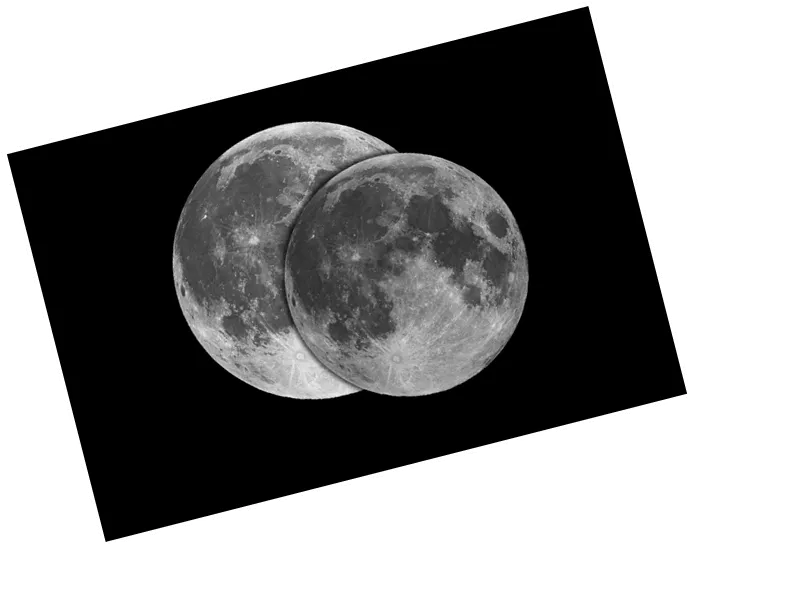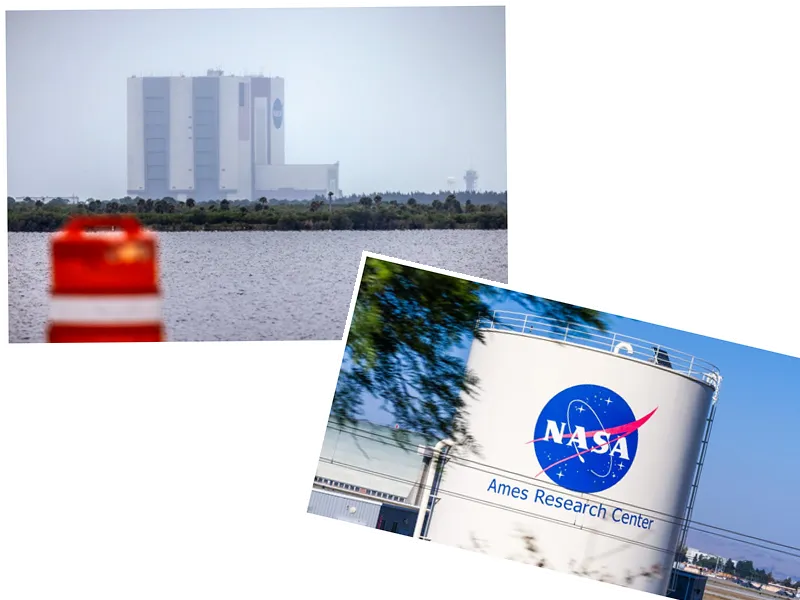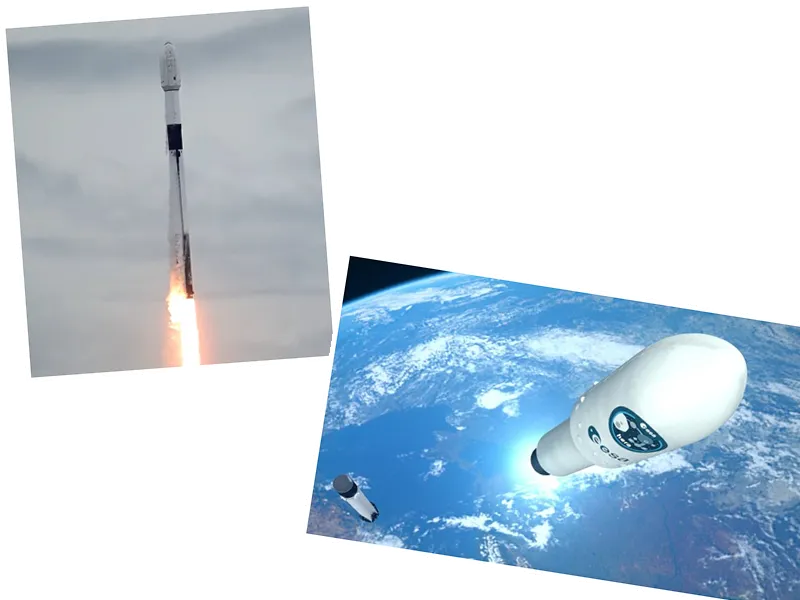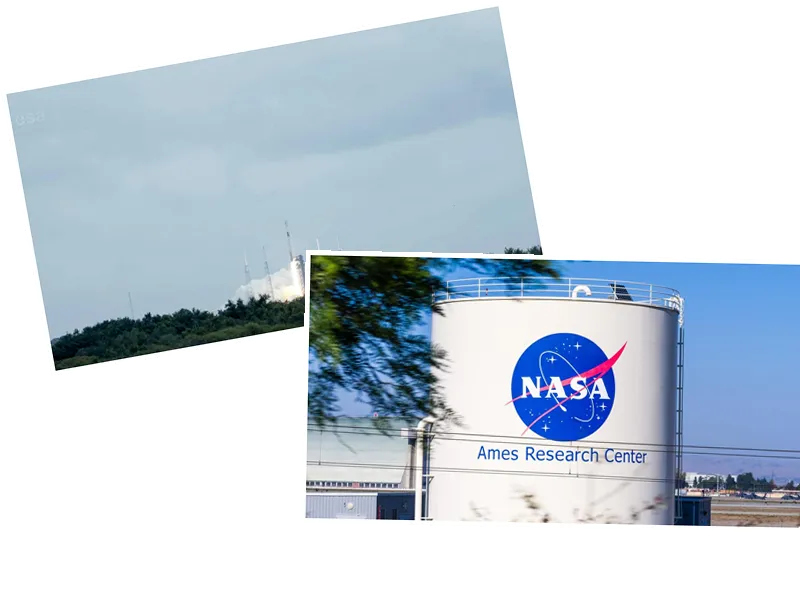Earth Welcomes New 'Mini-Moon' 2024 PT5 for Two-Month Visit
Starting September 29, Earth will have a new companion in the form of an asteroid named 2024 PT5. This 'mini-moon', measuring approximately ten meters (or 33 feet), is set to orbit our planet for about 57 days before moving back into its solar orbit. Discovered by astronomers at the Sutherland Observatory in South Africa on August 7, 2023, 2024 PT5 is significantly smaller than the Moon, being about 300,000 times its size. Although it is invisible to the naked eye, its gravitational influence will allow it to temporarily join Earth's orbit.
Unlike the Moon, 2024 PT5 will not complete a full orbit around Earth. Instead, it will trace an arc before departing back into space on November 25, 2023. The European Space Agency (ESA) has humorously dubbed this asteroid 'asteroid of the month' and noted that it has been on a long trajectory towards Earth, with plans for its next visit in 2055. Such encounters with mini-moons, while rare, have been documented in recent years, including 2022 NX1 and 2020 CD3, both of which had similar brief orbits around Earth.
- ## Understanding the Phenomenon of Mini-Moons Mini-moons are typically classified into two categories based on the duration of their orbits. Short mini-moons, like 2024 PT5, can stay in Earth's orbit for a few days to a few months without completing a full revolution. In contrast, long mini-moons may linger for over a year, completing multiple orbits. Carlos de la Fuente Marcos, co-author of the study on 2024 PT5, emphasized the significance of studying such asteroids to gain insights into their composition and rotation speed. These observations could help scientists understand the origins of these celestial bodies and identify potentially hazardous asteroids in the future. The discovery of 2024 PT5 was made possible thanks to the ATLAS (Asteroid Terrestrial-impact Last Alert System), an early warning system developed by NASA and the University of Hawaii. Although 2024 PT5 is too small and faint to be seen with conventional telescopes, astronomers plan to observe it using the Gran Telescopio Canarias in the Canary Islands. These observations will not only enhance our understanding of this mini-moon but also contribute to the broader study of asteroids that could pose a threat to Earth.






